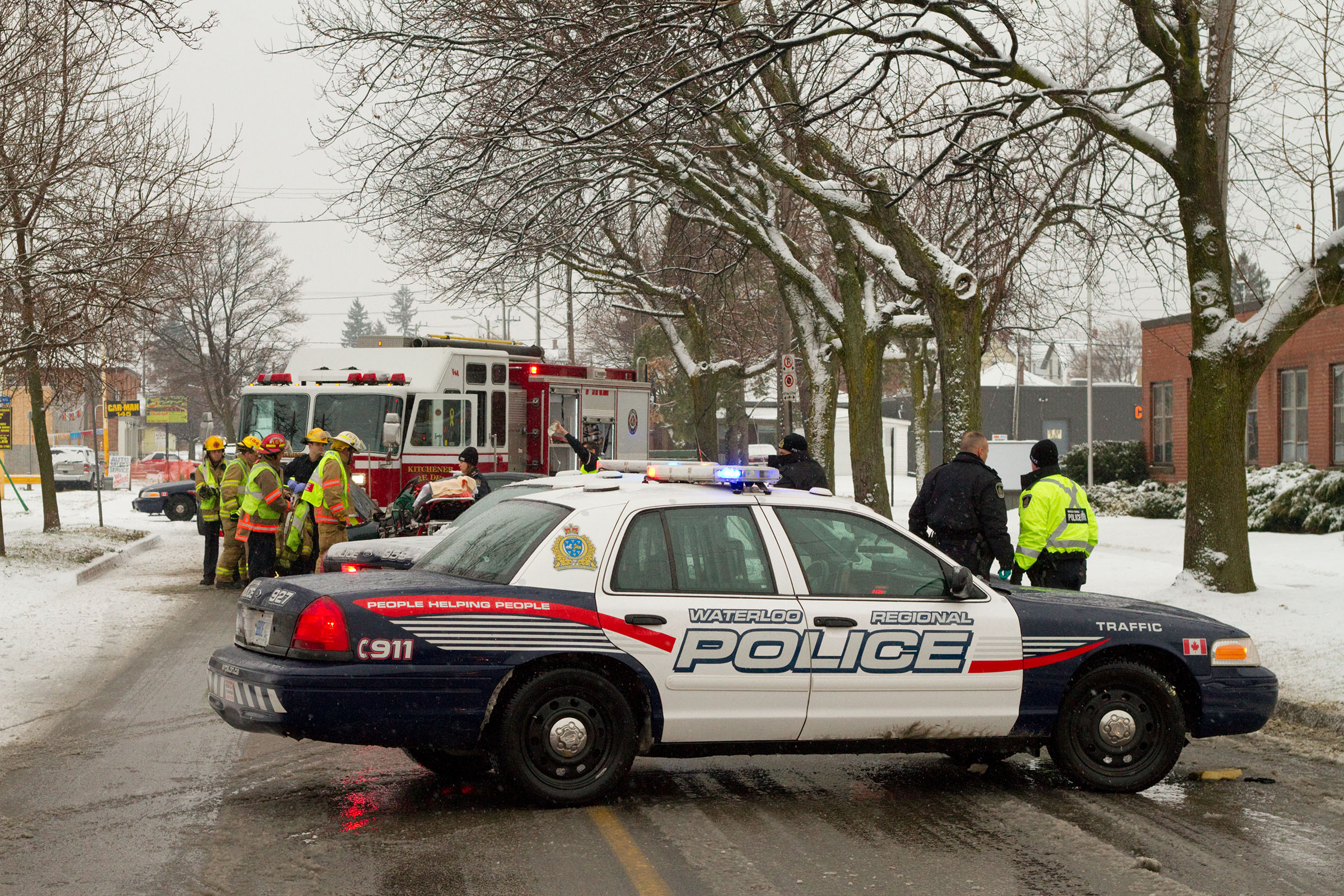Multi-Agency Training: Combining Ingredients For A Successful Rescue Operation

A new decade begins. Perhaps we should begin a new era of training as well. Not that we train the wrong way, but instead of focusing on honing our individual specialties, how about we take a closer look at teamwork. More specifically, how we blend our ingredients in ways that will create better results.
A New Recipe for Training
As first responders we all know the value of training. We practice tasks so that they become second nature. Crews and teams individually strive to become one machine, working together smoothly and efficiently. Becoming familiar with procedures as well as how each person reacts is a key to mission success. However, just as there is always more than one ingredient in any recipe for a great meal, there are multiple elements to any successful rescue operation. How often do you combine your training with other agencies that you might be working with?
Incident Response: More Than One Ingredient
A good dish requires that you use flavors that complement and enhance each other. Blindly mixing in spices that clash can ruin even the best meat or vegetable. We can look at our incident responses the same way. We have the main ingredient, the focus, i.e. the car accident, the natural disaster, the big fire, whatever it is we may respond to. We are tasked with making the scene safe and treating/extricating casualties. However, it will most often require more than one response element to accomplish success.
Police And EMS
We will need police to secure the scenes. Stopping physical threats, controlling traffic or managing large crowds are a few of the vital parts they perform initially. Many police officers do not have first-hand experience with how rescue crews react to different scenarios. Medical response is separate from fire & rescue teams in many parts of the world now. Therefore we have EMS crews that may also be unfamiliar with the practices of rescue teams. In our own organization; fire control, rescue, special operations and other facets are frequently housed separately. Throwing all these ingredients into a dinner can result in chaos unless we learn to work together before the call comes.
Understand And Complement Each Other
Creating training to familiarize each group with the practices and procedures of the other is critical. Learning the individual flavors and how to apply them toward the main goal will help to ensure a good outcome. The command group of each has to agree on tasks and responsibilities. One cannot overpower the other or problems will occur; Unified Command is a prerequisite. Technicians from each craft; fire suppression, medical response, law enforcement, bomb squad, technical rescue, etc., must understand the tasks of one another. Learning to apply their skills in ways that complement rather than hinder one another.
Multi-Agency Training: Subjects To Cover
It is common in many areas for the police to arrive first. Training them on scene size-up, the information rescue or medical crews need to formulate plans of action: How much time can this save? As a rescue element, learning to communicate to them what type of apparatus and equipment we are responding with can assist with staging. Showing the importance of each piece so that we do not end up with our vehicle full of tools parked down the street from the scene. Simply explaining how and why we do things to all the groups can help immensely. Understanding the safety precautions we may take prior to executing a rescue can reduce the tensions and anxiety of other agencies. In turn, learning the same from them helps us as well.
Other Rescue Organizations
Lastly, let’s not forget mutual aid rescue organizations and neighboring departments. While just as effective, their procedures may differ from ours. Knowing what to expect from each other makes the process much smoother. An open mind may even lead to learning a better way to do something.
Different Tasks, Same Goal
The foremost lesson for all of us is the realization that we all have the same goals: A positive outcome for the people that need our help and the safety of our fellow responders!
I wish you all a good health, prosperity and happiness in this New Year. Above all else, take care of one another.
As always I welcome your feedback. What types of drills do you perform involving other responding agencies? How often do you invite outside groups to your training?
Jason Bell
Product Marketing Coordinator at Holmatro USA
20 years of service as a Firefighter and Emergency Medical Technician